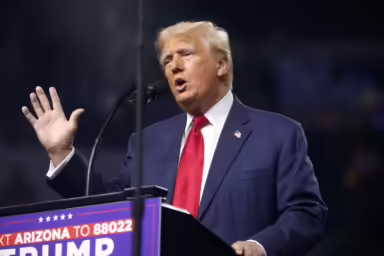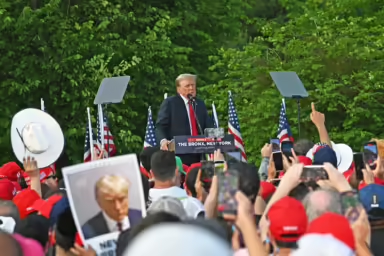Phraseology is fundamental to today’s political battles. Lobbyists, political strategists, corporate PR reps, and even academics expend an extraordinary amount of thought and money on framing issues with just the right label. Expressions like “bridge to nowhere” simply don’t arise from ordinary discourse.
Consequently, journalists have to become etymologists to cover politics adequately. Anytime they hear a newfangled-sounding phrase, they should immediately ask where it came from and who coined it. Significant investigative work can be done simply by following the words.
Consider yesterday’s coverage of Treasury Secretary Tim Geithner’s unveiling of the new Public-Private Investment Program. Commentators accused Geithner of “branding” and “spin” in labeling the mortgage-backed assets at the heart of the banks’ financial problems “legacy loans,” “legacy assets,” and “legacy securities.” (“Legacy” appeared 40 times in the Treasury’s fact sheet about the new proposal and was peppered throughout Geithner’s Wall Street Journal op-ed on the subject.) But why settle for accusations? Why not ask the Treasury who chose the “legacy” label and why? Why not research the origins of the term?
“Legacy” is an established parlance in the business world, representing anything that has a long-term influence on a company’s financial statements. “Legacy costs,” for example, refer to “the cost of retiree pension, health, insurance, and other benefits to an employer.” (See Barron’s Dictionary of Finance and Investment Terms.)
According to the Wall Street Journal’s Deal Journal blog, JPMorgan Chase’s CFO Mike Cavanaugh decided last year to apply “legacy” to the loans that were damaging the company’s financial outlook:
There are signs J.P. Morgan is trying to compartmentalize the past, if not forget it altogether. Chief Financial Officer Mike Cavanagh introduced the idea of calling the suffering loans from the credit crunch ‘legacy’ loans. Of the $22.5 billion of total lending commitments J.P. Morgan had at the end of March, J.P. Morgan distanced itself from those of a hoary vintage that might give investors the shudders: ‘From here forward,’ Cavanagh said, ‘I’m just going to break that down into what we call–are now going to call legacy deals, think of those as $18.3 billion embedded in last quarter’s end that were hung deals from last summer, off market terms against which we had to [reduce the price at which we are holding them].’
Cavanaugh simply followed the linguistic practice of other banks, according to a company spokesperson I asked earlier today. Lexis searches reveal that the phrase “legacy loans,” in the relevant sense, goes at least as far back as 2003 and that “legacy assets” originates before 1996. (During the Savings and Loan scandal of the late 1980s and early 1990s, the phrase “legacy of loans” typically applied to the lending that precipitated the crisis.)
So Geithner and the Treasury Department have chosen to employ the vocabulary of the financial industry. The origin of “legacy” reveals the mindset behind the plan. Note also that “legacy,” unlike “troubled” or “toxic,” covers both negative and positive long-term influences on financials. “Legacy” can also apply to consistently well-performing assets.
This suggested ambivalence about the future performance of the relevant securities certainly makes the Treasury’s plan easier to sell to taxpayers. But the rhetoric only works if the public doesn’t understand the language—i.e. if reporters don’t do etymology.


